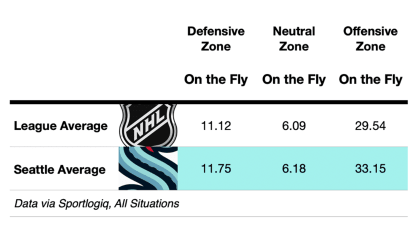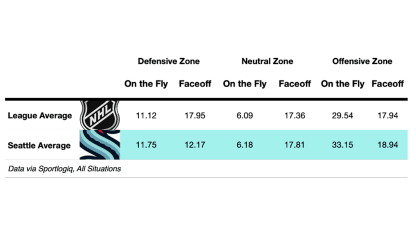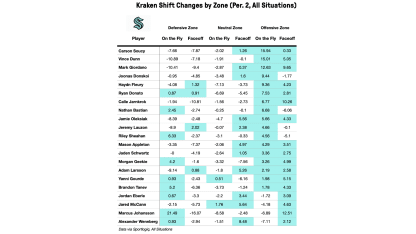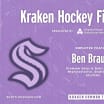The Seattle Kraken continue to sharpen the details of their game, but some things have been working well for them-and that is winning second periods.
The middle 20 minutes of any hockey game present unique challenges. With goaltenders changing ends of the ice to defend every period, in period No. 2, whether you're a defender or an attacker, you must skate farther to get to your zone of responsibility (and you spend more time and energy to get off the ice, allowing for a shift change that brings on reinforcements in your stead).
The "long change" means you may have to sacrifice precious seconds of play to get back to your bench, or risk getting caught on the ice longer than is ideal. But the Kraken have been working around that challenge.
How? Let's dig in.
Analytics with Alison: Controlling Second Periods
15 games in, the Kraken have found a way to tilt the ice in their favor in second periods. We look at one element that might factor in






















